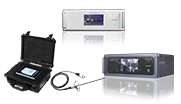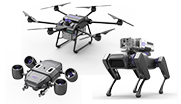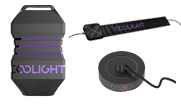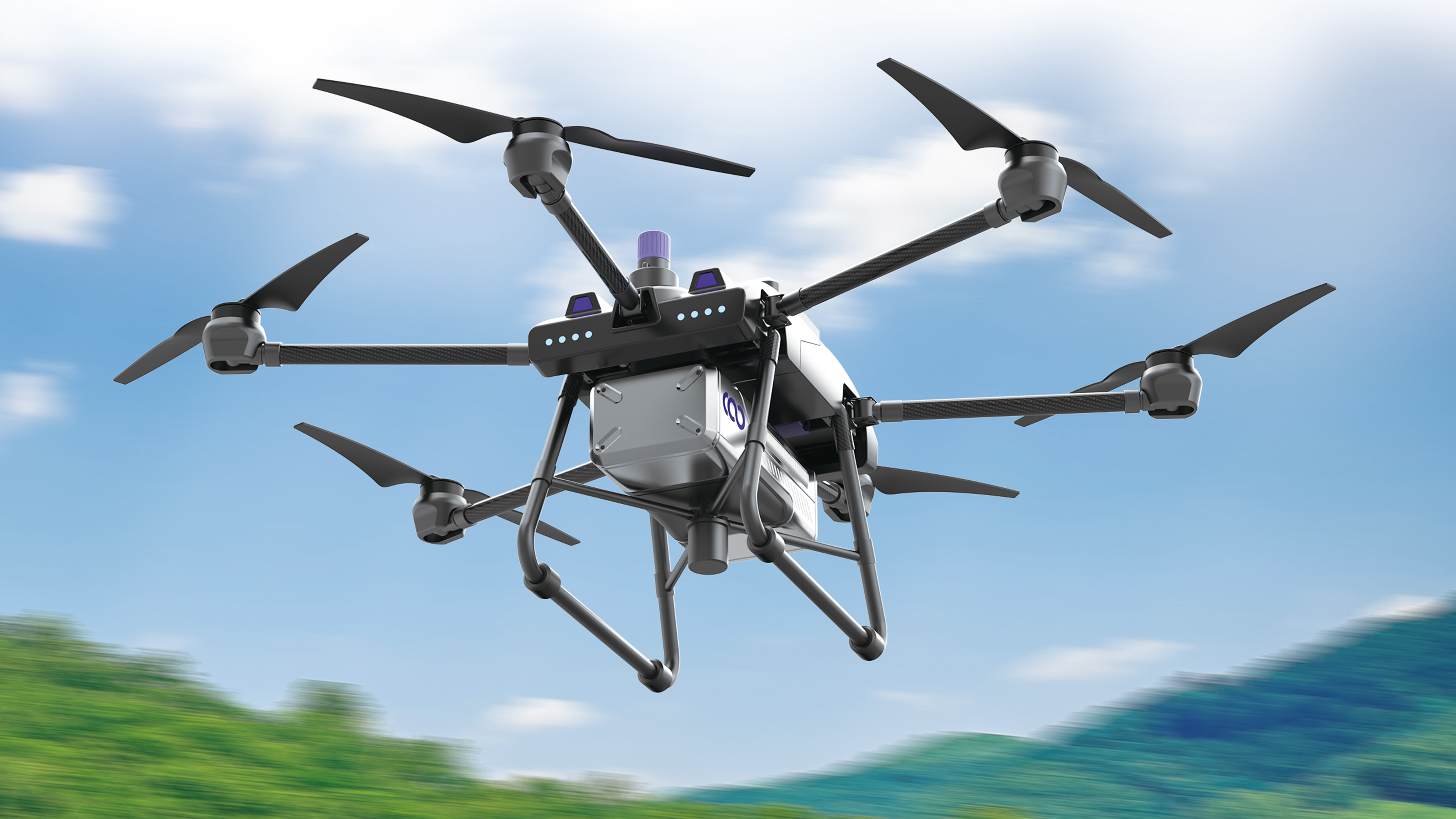Gas Monitoring in Industrial Parks
Real-time monitoring of various gases is conducted within industrial parks, covering common industrial waste gases, toxic and hazardous gases, etc. Through professional monitoring equipment, parameters such as gas composition and concentration can be accurately measured to promptly detect abnormal gas emissions, preventing safety accidents and environmental pollution caused by gas leaks or excessive emissions. This ensures the health of personnel and the safety of the ecological environment within the park.
H₂S Leakage Monitoring
Hydrogen sulfide (H₂S) is a highly toxic gas with a characteristic rotten egg odor. H₂S leakage monitoring uses highly sensitive sensors to continuously measure its concentration in areas where hydrogen sulfide may be present (e.g., production units and storage areas in petrochemical, natural gas mining, and other industries). Once the H₂S concentration exceeds the safety threshold, an immediate alarm is triggered, allowing staff to take timely measures to avoid accidents such as personnel poisoning and equipment damage.
Inspection of Chemical Parks
Inspection of chemical parks involves regular or irregular checks of various facilities, units, and the environment within the park. Inspectors will check whether chemical production units are operating normally and whether there are any leaks (e.g., dripping, spraying, or seepage); examine the sealing, liquid level, and pressure of storage tank areas; verify that fire-fighting facilities and safety warning signs are intact and in place; and monitor environmental conditions such as roads and sites within the park. Through inspections, potential safety hazards and equipment failures can be identified promptly to ensure the safe and orderly production and operation of chemical parks.
Storage Tank Defect Detection
Storage tanks are used to store various materials such as chemical raw materials and oil products. Storage tank defect detection employs non-destructive testing technologies (e.g., ultrasonic testing, radiographic testing, magnetic particle testing, etc.) to inspect the tank body, welds, and other components. The goal is to identify potential defects such as cracks, holes, and corrosion thinning, assess the structural integrity and safety of the tank, and provide a basis for maintenance, repair, or replacement to prevent major accidents such as material leaks and explosions caused by tank defects.








